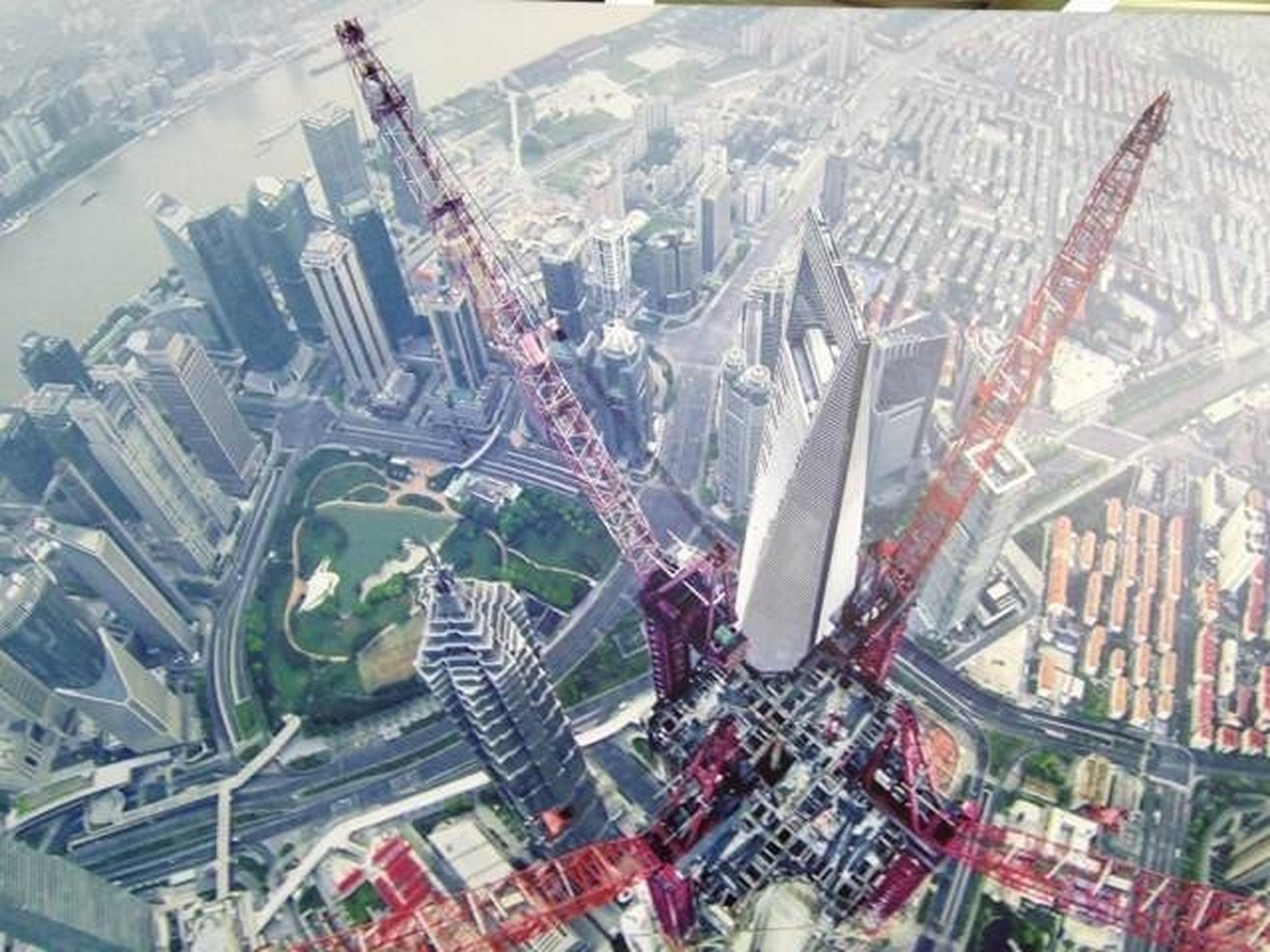Skyscraper Shanghai Tower | Gensler

On schedule to be China’s tallest and the world’s second tallest skyscraper, the Gensler -designed Shanghai Tower has topped out at 632 meters (2,074 feet). Upon completion in 2014, the spiraling megastructure will complete a trio of towers – including the adjacent Jin Mao Tower and Shanghai World Financial Center – to become the centerpiece of the city’s Lujiazui commercial district – one of Asia’s leading financial centers which developed from farmland in just over 20 years.
Architects: Gensler
Owner, Developer, Contractor: Shanghai Tower Construction &
Development Co., Ltd.
Local Design Institute: Architectural Design &
Research Institute of Tongji University
Structural Engineer: Thornton Tomasetti
Mep Engineer: Cosentini Associates
Landscape Architect: SWA
Site Area: 30,370 square meters
Building Area: 380,000 square meters above grade;
141,000 square meters below grade
Stories: 121 occupied floors
Height: 632 meters
Area: 0.0 sqm
Year: 2014
Photographs: Courtesy of Gensler
Defined by series of distinctive sky gardens, the state-of-the-art tower will house Class-A office and retail space, along with a luxury hotel and cultural venues.

Tower Composition
Shanghai Tower is organized as nine cylindrical buildings stacked one atop the other. The inner layer of the double-skin façade encloses the stacked buildings, while the exterior façade creates the building envelope, which rotates 120 degrees as it rises and gives Shanghai Tower its distinctive, curving appearance. The spaces between the two façade layers create nine atrium sky gardens. Much like plazas and civic squares in traditional cities, the public sky atria offer spaces within Shanghai Tower for interaction and community gathering space with restaurants, cafés, coffee shops and convenience stores, as well as lush landscaping throughout. With sky gardens lining its perimeter, Shanghai Tower is literally enveloped in public spaces.
Shanghai Tower’s interior and exterior skins are transparent, establishing a visual connection between the tower’s interiors and the urban fabric of Shanghai. On the ground level, retail and event spaces, in tandem with abundant entrances on the site and a subway station under the building, continue the physical and visual connections between the tower and the city.
Shanghai Tower will have the world’s fastest elevators, with the Mitsubishi-designed, double-height cabs whisking building occupants and visitors skyward at 40 mph using innovative technologies designed specifically for the tower.

Sustainable Strategies
Sustainability is at the core of Shanghai Tower’s design. The façade’s taper, texture and asymmetry work in partnership to reduce wind loads on the building by 24 percent, offering a $58 million USD savings in overall building materials. The building’s transparent inner and outer skins admit maximum natural daylight, thereby reducing the need for electric light. The tower’s outer skin also insulates the building, reducing energy use for heating and cooling. The tower’s spiraling parapet collects rainwater, which is used for the tower’s heating and air conditioning systems.

Wind turbines located directly beneath the parapet generate on-site power for the upper floors of the building, with a 2,130kW natural gas-fired cogeneration system on site providing electricity and heat energy to the lower floors. Fully one third of the site will be green space with landscaping that cools the site. Overall, Shanghai Tower’s sustainable strategies will reduce the building’s carbon footprint by 34,000 metric tons per year; and the tower is targeting LEED Gold certification from the U.S. Green Building Council and the China Green Building Three Star rating.

“With the topping out of Shanghai Tower, the Lujiazui trio will serve as a stunning representation of our past, our present and China’s boundless future,” said Jun Xia, Shanghai Tower design leader and Gensler principal. “This tower takes inspiration from Shanghai’s tradition of parks and neighborhoods, recasting that history in a high-density, urban form symbolizing the emergence of modern Shanghai and China.”


